
First thread of the year because I have time during MCO. As requested, a thread on the gods and spirits of Malay folk religion. Some are indigenous, some are of Indian origin, some have Islamic influences
https://twitter.com/lcvelylilith/status/1230416546301796353?s=19
Before I begin, it might be worth explaining the Malay conception of the spirit world. At its deepest level, Malay religious belief is animist. All living beings and even certain objects are said to have a soul. Natural phenomena are either controlled by or personified as spirits
Although these beings had to be respected, not all of them were powerful enough to be considered gods. Offerings would be made to the spirits that had greater influence on human life. Spells and incantations would invoke their names
https://twitter.com/uglyluhan/status/1140195343692251136?s=19
Two known examples of such elemental spirits that had god-like status are Raja Angin (king of the wind) and Mambang Tali Arus (spirit of river currents). There were undoubtedly many more which have been lost to time
Contact with ancient India brought the influence of Hinduism and Buddhism to SEA. What we now call Hinduism similarly developed in India out of native animism and the more formal Vedic tradition. This can be seen in the multitude of sacred animals and location-specific Hindu gods
While most practicing Hindus adhere to certain beliefs, not all worship the same gods. A popular deity in Chennai might be rarely spoken of in Bengal. Additionally, regional gods were brought into the fold as emanations of a more established deity, e.g. Ayanar as a form of Shiva 

This process happened in Southeast Asia as well. Hinduism didn't supplant native beliefs, but merely added to them. Certain indigenous beings were also made more orthodox through association with important Hindu deities, as we shall see
Finally, there was the introduction of Islam. Unlike Hinduism or Buddhism, Islam preached a specific cosmology that required fidelity to a single omniscient God. Most Malaysians assume that this changed everything. And, well, you'd think it would've had that effect
But while Islam did heavily influence the Malays who adopted it, old habits die hard. The Islamisation process was gradual, spanning many generations over hundreds of years. This was a time when people lived their culture, and couldn't simply imitate what celebrity preachers said
Instead, Malays adapted their old practices in some cases, and retained them in others, even if they contradicted the new religion. This was the state of Malay Islam as late as the beginning of the 20th century, and in some areas, as recently as your grandparents' time
Probably the most heretical example of this was the Malay belief that other gods existed and were not evil. Rather, their time had passed and humans didn't need them anymore now that they knew of the one all-powerful creator God
Malay Muslims back then, as now, most often referred to the one God by the Arabic word Allah. Older writings also use the Sanskrit-derived term Dewata Mulia Raya, roughly meaning the "honourable high devata"
For any orthodox Muslim, Allah is the one and only God, the creator and ruler. But for many ordinary Malays, Allah was simply the highest god
https://twitter.com/uglyluhan/status/1179352094253502464?s=19
In fact, the creator of the world for Malays was the Pawang Asal (original shaman) or Pawang Yang Tuha (elder shaman), "tuha" being an alternate form of tua meaning old
Perhaps concurrent with the one God was the Hindu concept of Iswara. Yes, like the car. In Sanskrit, Ishvara is a supreme being of some sort, but what it means to Hindus depends on who you ask, and it's difficult to tell how Hindu Malays would've interpreted the term 

Given the prominence of Shiva in Java and Siam, it's likely that Malays associated Iswara with Shiva, just as Shaivite Hindus do. But Iswara can also be a monotheistic god, like this song which equates Iswara with Allah
Siwa is the localised name for Shiva, but Malays more often referred to him by the epithets Mahadewa and Maheswara/Maswara. Less common Malay names for Siwa included Nataraja (king of dance) or even the Arabic title Malik after the introduction of Islam 
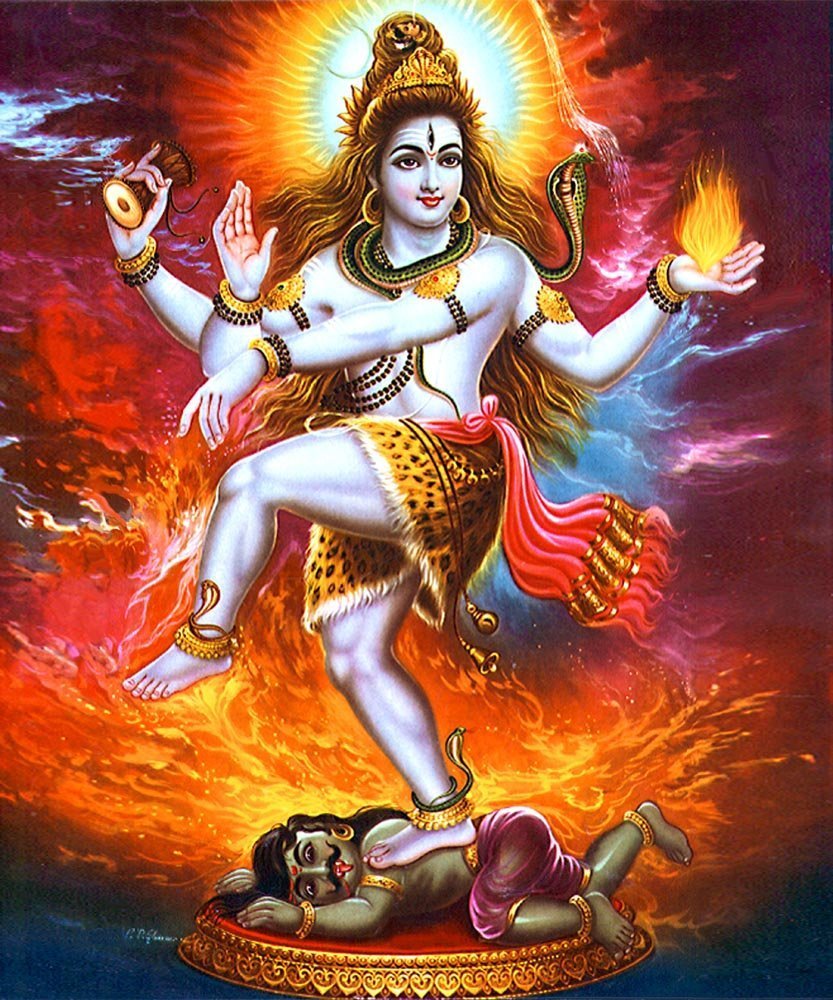
Some of the names linked to Siwa could have possibly been entirely separate figures who were later viewed as alternate forms of the deity. For example, Malays also associated Siwa with the indigenous crocodile and tiger spirits (Tok Panjang Kuku)
https://twitter.com/uglyluhan/status/1183276294613553153?s=19
The most prominent of Siwa's Malay titles was Betara Guru, from the Sanskrit word bhattara meaning "lord". The names of other important Hindu gods are also prefixed with this term like Betara Indera (Indra) and Betara Berahma (Brahma) 

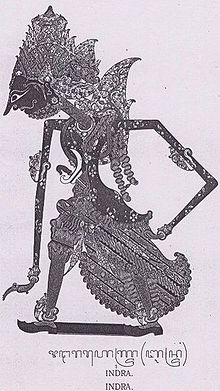

Betara Guru (also called Batara Guru, Tok Batara Guru, or Sang Hyang Manikmaya) is the most important among the Malay gods. He appears in the pantheon of several cultures in both Malaysia and Indonesia
https://twitter.com/uglyluhan/status/1102507263611199488?s=19
The Filipino cognate of the Sanskrit bhattara is Bathala, the Tagalog word for the supreme god, which should give you some idea of Betara Guru's place in Malay folk religion 
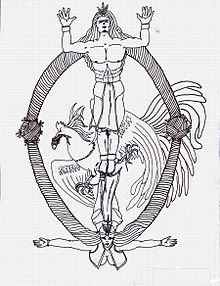
Reconciling Betara Guru with tauhidic belief was an important part of the Islamisation process
researchgate.net/publication/33…
researchgate.net/publication/33…
A few other members of Betara Guru's family from Javanese myth appear in Malay wayang stories, but their genealogy varies. He may either be the son or brother of Sang Hyang Tunggal. His other brother is Sang Hyang Ismaya, better known as Semar 

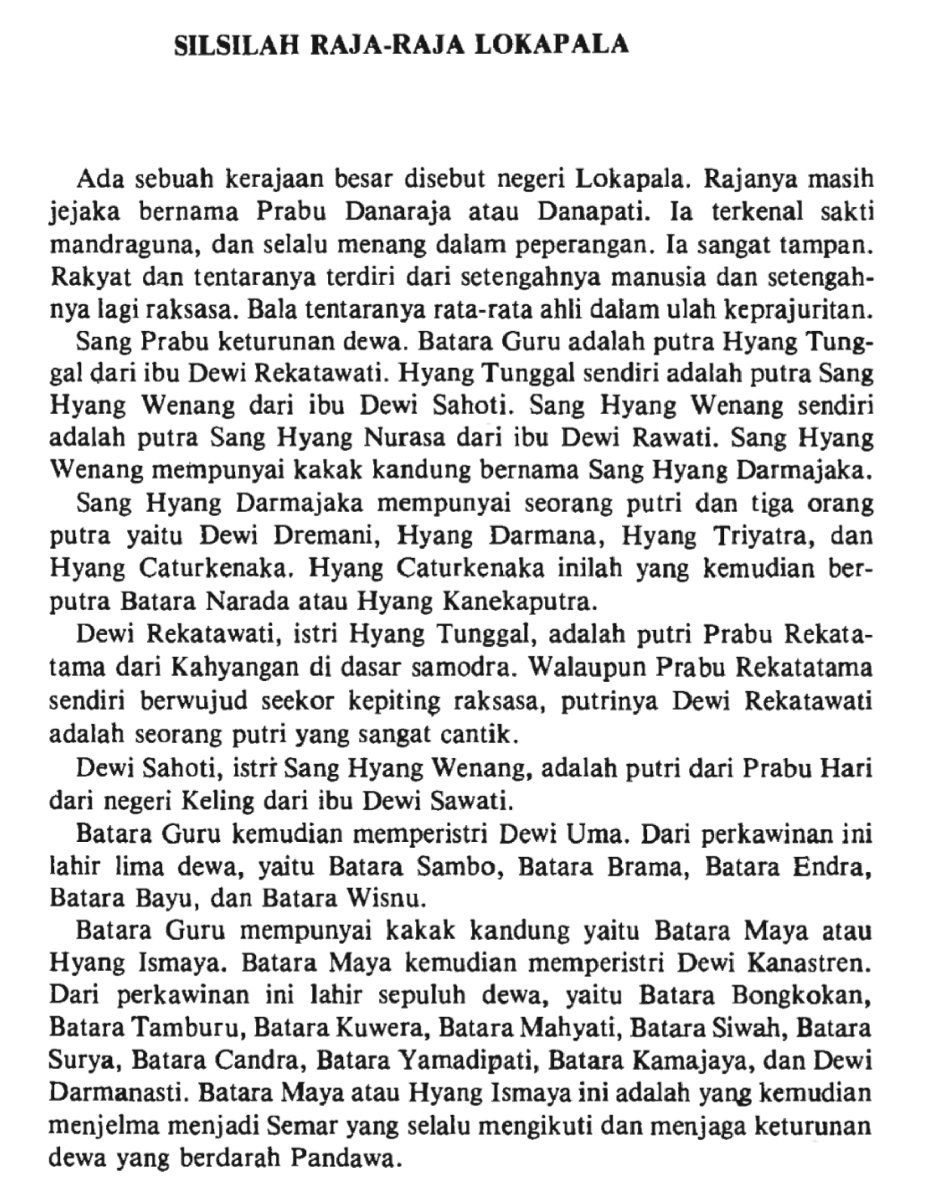

Semar is interesting figure. His human incarnation is that of an ugly hunchback, who serves as the clown in wayang kulit, belying his true power as one of the highest gods. He also acts as counselor to the heroes of the Hikayat Pandawa (Mahabharata) 
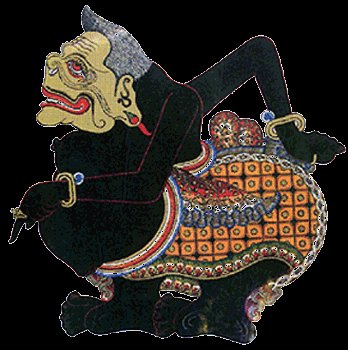
A similar clown in Malay wayang is Pak Dogol. Some treat him as the same Semar character, but he's usually said to either have been created by Sang Hyang Tunggal, or that he is an emanation of Sang Hyang Tunggal himself 

Another prominent deity is Kala. Now this one is confusing because there are actually more than one figure in Malay mythology with this name. In Sanskrit, "kālá" indicates time, and "kāla" means black
Mahakala, a fierce black-skinned form of Shiva, is known in Malay as Betara Kala. He represents time and the destructive aspects of Siwa. But while the connection is always acknowledged, Kala is treated as a separate deity, often the son of Siwa 
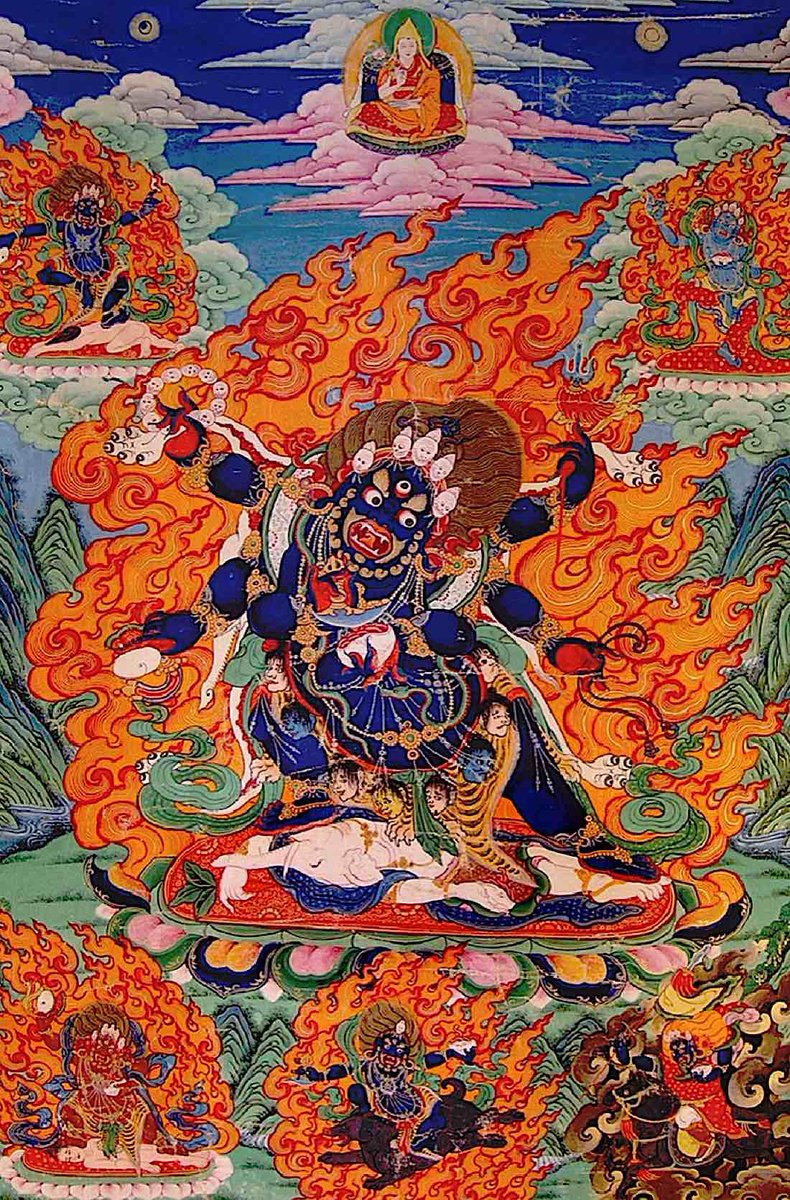
But there's another being, a black jin named Sang Kala. The king of jin, he has a wife named Sang Gading (presumably white since her name means ivory), and all their children are also black jin 
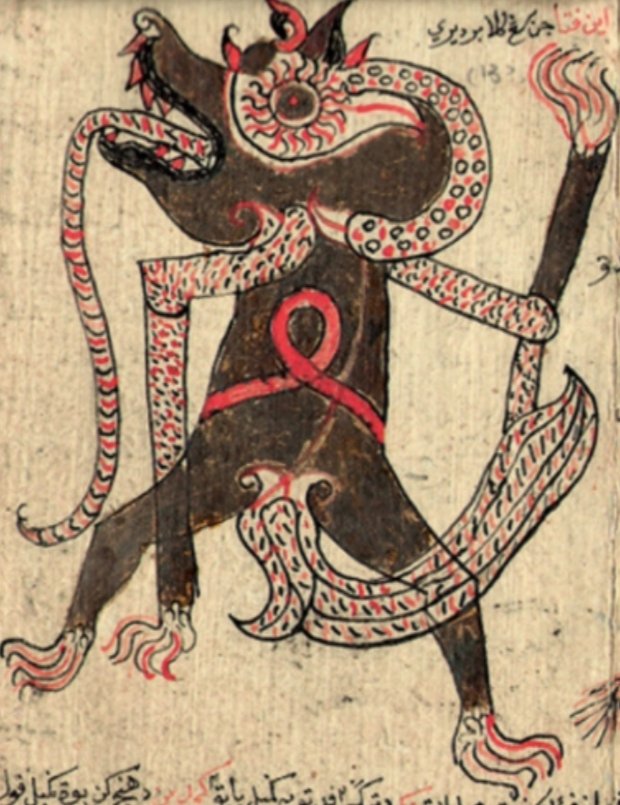
The black jin lives in the centre of the earth but he has a brother, a white jin called Tok Mambang Putih who's associated with the sun. A third being called mambang kuning is yellow in colour and linked to the sunset. Children were told not to stay out at dusk to avoid him 
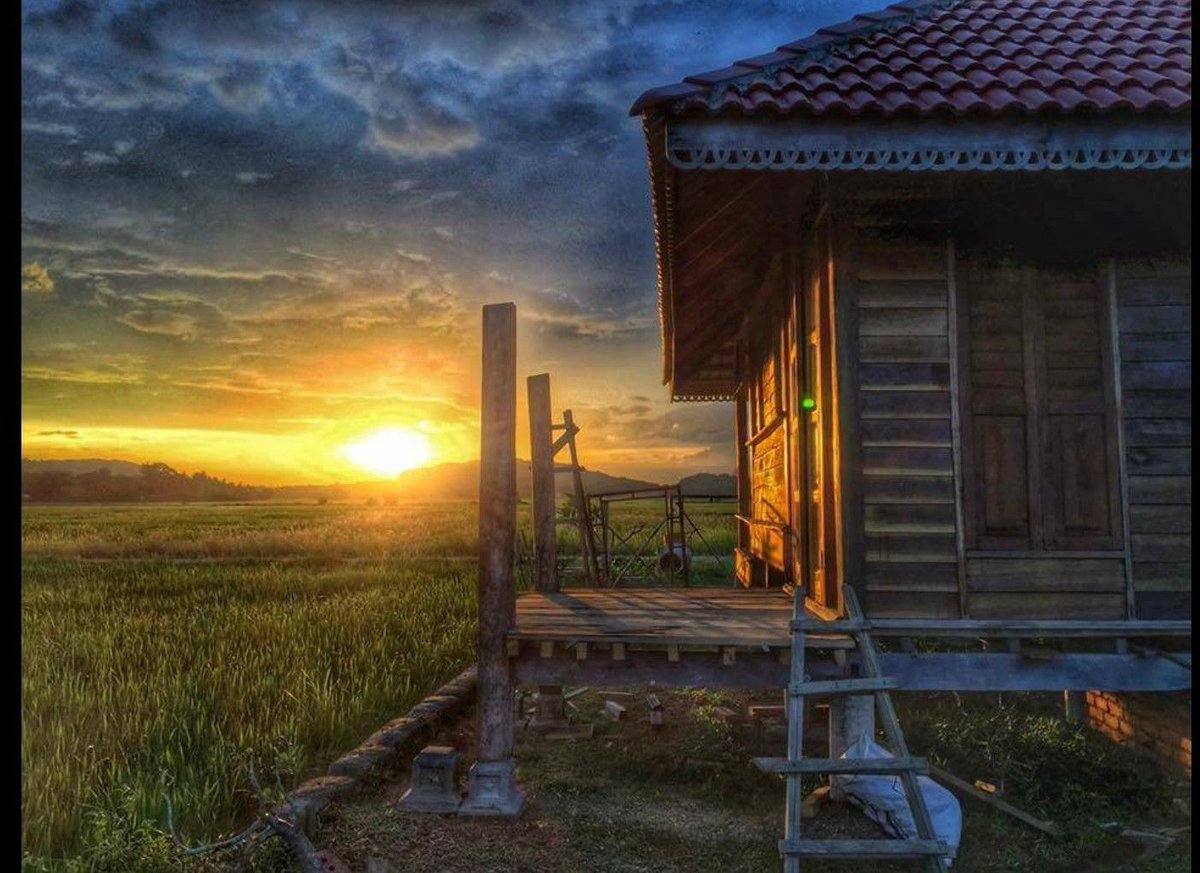
Of course there's a difference between the Arabic jin and the indigenous mambang (elementals), but this confusion is to be expected in the conversion to Islam. I suspect that all three beings were originally mambang
Both the black and white jin are identified with Siwa. Sang Kala is often confounded with Betara Kala ("the black form of Betara Guru") while Tok Mambang Putih is addressed as Mahadewa, an epithet of Siwa 
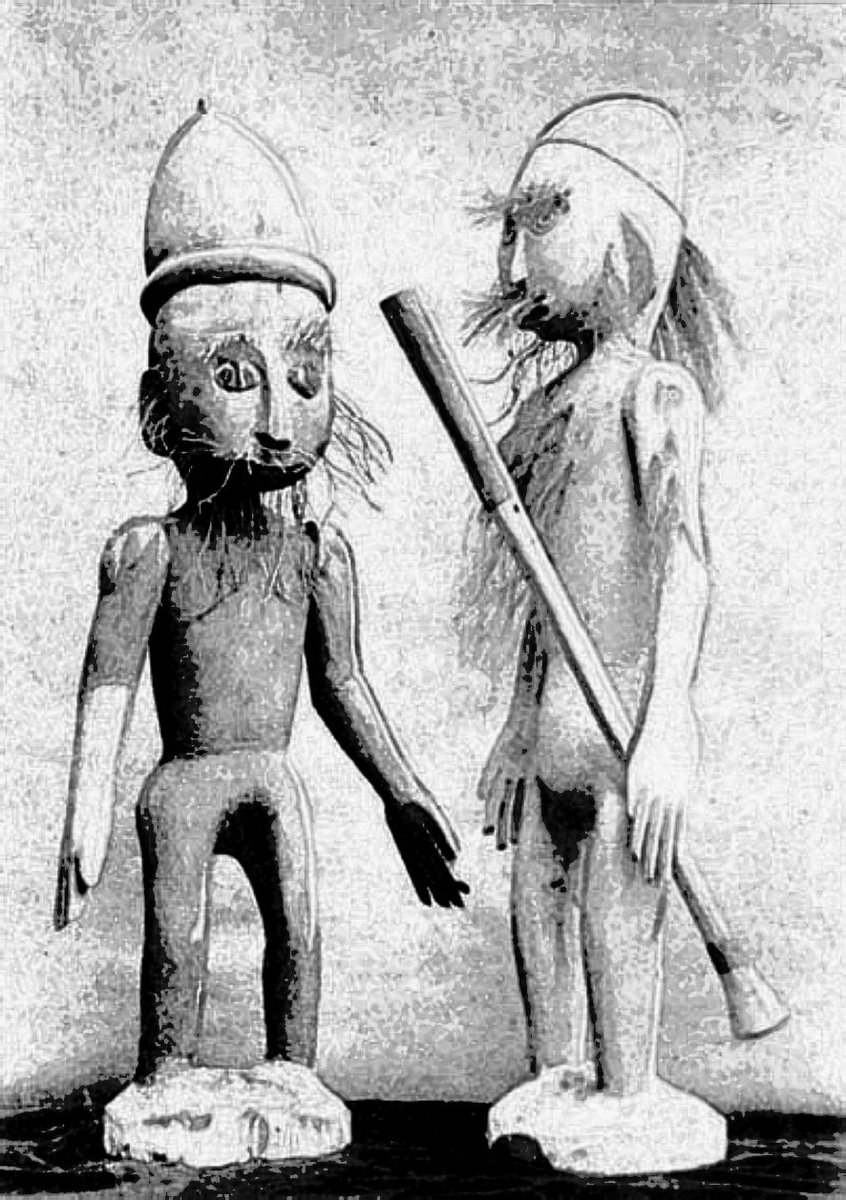
The form of Betara Guru that rules the sea is Si Raya or Madu Raya, together with his wife Madu-ruti. Si Raya was a favourite among Malay sailors, and he may be the same as the "Elder jungle chief of the world"(Tok Rimpun Alam) who lives in the centre of the sea
Many other Hindu-Buddhist figures were known to Malays. By the Islamic period, most (but not all) were no longer objects of worship but remained important in rituals and stories. Some were forgotten and only exist in statues
https://twitter.com/uglyluhan/status/1082594534435876864?s=19
I don't want this thread to focus too much on Indian gods since info about them is easy to find. But here's an incomplete list of Hindu-Buddhist deities that existed in Malay mythology
Suria (Surya): the sun personified
Bayu (Vayu): god of the wind, father of Hanuman
Sang Gana (Ganesha): the elephant-headed remover of obstacles


Bayu (Vayu): god of the wind, father of Hanuman
Sang Gana (Ganesha): the elephant-headed remover of obstacles
https://twitter.com/uglyluhan/status/1107921135822204928?s=19
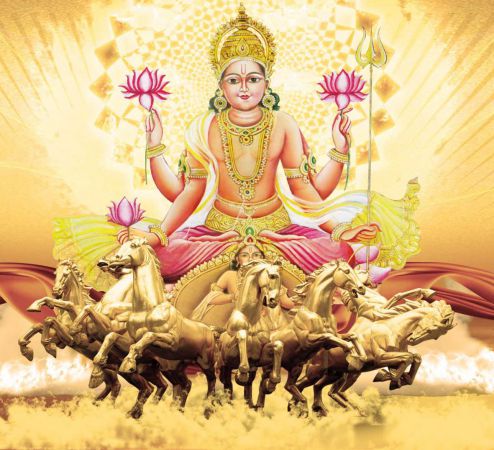

Krisna: the flute-playing son of Basudewa (Vasudeva)
Buda (Buddha): the enlightened one, founder of Buddhism
Maha Bisnu (Vishnu): the preserver in the Hindu trinity
Sri: goddess of rice


Buda (Buddha): the enlightened one, founder of Buddhism
Maha Bisnu (Vishnu): the preserver in the Hindu trinity
Sri: goddess of rice
https://twitter.com/uglyluhan/status/1092336556260519937?s=19
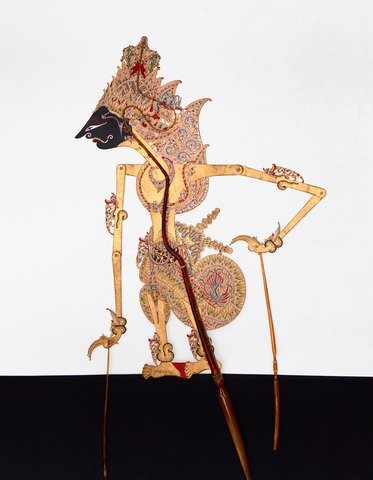

Mahadewi: the supreme goddess
Kali: the blue-skinned slayer of evil
Durga: warrior goddess who rides a tiger or lion
Pertiwi (Prithvi): the earth personified



Kali: the blue-skinned slayer of evil
Durga: warrior goddess who rides a tiger or lion
Pertiwi (Prithvi): the earth personified
https://twitter.com/uglyluhan/status/1244579421119328267?s=19



Now you might have noticed that many of the Malay gods of Javanese origin prefix their names with Sang Hyang. The word sang is an honorific while hyang is a type of deified ancestor, and the origin of the words kayangan (heaven) and sembahyang (pray)
As with other parts of Asia, Indo-Malay animism is strongly tied to ancestor worship, so the high gods were naturally regarded as primal ancestors
https://twitter.com/uglyluhan/status/1067338785917087744?s=19
The practice of deifying revered personalities was in full force even after the introduction of Islam. In fact, it's part of the origin of datuk keramat worship
https://twitter.com/uglyluhan/status/1087968786836320257?s=19
Another example of this can be seen in the figure of Unggas Telang, supposedly a military commander (hulubalang) of the sea gypsies (orang laut). Though not a god, his image was used by Malays for divination 
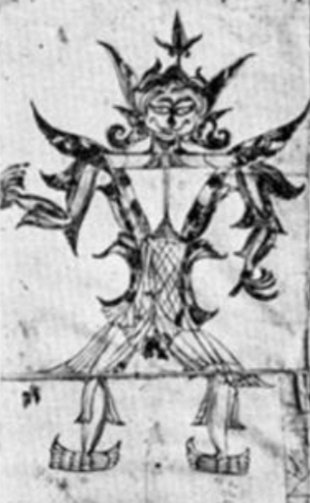
Deifying a warrior in this way was natural for Malays, to whom martial arts were closely linked to supernatural practices. Bomoh practiced silat, and their rituals included weapons. Fighters too practiced magical rituals, blurring the line between the two
https://twitter.com/uglyluhan/status/1272078112436547585?s=19
I hope this thread makes two things clear. First, most Malays prior to the introduction of Islam were indeed what we today might identify as Hindu-Buddhist, but their beliefs and practices were not a simple copy from India
And second, the coming of Islam did not wipe out earlier folk religion. In fact, everything in this thread comes from the colonial period when Malays had already been Muslim for several centuries
Sources:
Sunardi D.M.
R.O. Winstedt
Walter William Skeat
Ghulam Sarwar Yousof
Farouk Yahya
Sunardi D.M.
R.O. Winstedt
Walter William Skeat
Ghulam Sarwar Yousof
Farouk Yahya
• • •
Missing some Tweet in this thread? You can try to
force a refresh




